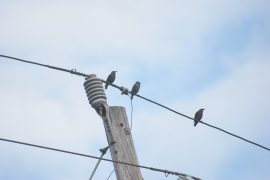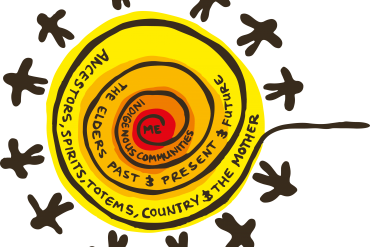In our previous article on Interactive Polling Tools, we reviewed three popular polling tools with the aim of helping you select the most suitable polling platform for your specific needs. Now, we continue the discussion on interactive polling by looking at the best ways to use and deploy these tools in your lectures.
We will cover some frequently asked questions and concerns around using polling in the classroom, give some tips to help you effectively incorporate polling into your lectures, and provide some example questions to get you started.
What makes a good (or bad) polling question?
Constructing good polling questions is one of the most important parts of effectively using polling in a lecture.
How to start building a good set of questions:
- Start with a question that builds confidence.
- Word the questions in a familiar form.
- Include a question that will spark a discussion or debate in the classroom.
- Don’t make all the questions too easy!
- Consider using questions that have multiple ‘correct’ answers.
How to write a good question and use it well:
- Be consistent – have at least a couple of questions for each topic.
- Balance computational/mechanical questions with theoretical/conceptual ones.
- If possible, include a (GOOD!) conceptual question that may help you identify particular misconceptions.
- Difficult questions help students more, but easier questions build confidence.
- Donʼt be afraid to use the “Question on the fly” option in your chosen polling tool.
- Include an “I don’t know” option so that students who are stuck can still participate (and so you can accurate gauge understanding without the noise from guesses).
- Make sure you discuss your students’ responses and the reasoning behind the possible answers.
How should I use questions in my class?
How you use polling in your class depends on your motivation. There are a number of different types of polling questions/surveys. For example:
- Information-seeking (e.g. what level of mathematics have you studied in the past?)
- Computational/mechanical
- Theoretical/conceptual
- Common errors – questions to help identify and/or clear up common misconceptions
- Exit survey – feedback from the lecture (e.g. what did you find difficult in today’s lecture? Polling helped me learn, etc.)
Logistically, how can I fit polling into my lectures and still cover all of the content?
It is possible to use polling in your lectures and still fit most/all of the content you would have originally covered. Make sure you remember to plan time for the polling questions into your lectures.
For example, one approach includes:
- Start with a quick question to check understanding on previous material/concepts.
- At the start of the second half of the lecture, ask 1-3 questions related to the material JUST introduced that session.
- Depending on the topic, conclude the lecture with 1 more advanced (conceptual) question OR conduct a short 1-3 question exit survey on the lecture.
Examples of good polling questions
To get you started, we created a Google Doc (Interactive Polling Tools – Exemplar Polling Questions) that contains a set of sample questions (including information-seeking, exit survey, and discipline specific questions) and links to other existing online question bank resources. Please feel free to add any additional questions/resources you create or find to this document. Here are two examples:
Post-lecture quick feedback from students
Q. What is one thing that confused you in today’s lecture?
A. [Open response].
Discipline Specific (an example from Statistics)
(kindly supplied by Di Warren from the School of Mathematics and Statistics)
Q. The interquartile range measures: (conceptual thinking linking numerical and graphical summaries)
- the average of the bottom 25% of the data
- the median of the middle 50% of the data
- the length of the tallest part of the histogram
- the length of the box in the boxplot
- the span of the middle 50% of the data
A. the correct answers are both D and E, as the box in boxplot goes between Q1 (1st quartile) and Q3 (3rd quartile), so length is Q3-Q1, which is the span of the middle 50% of the data.
Want to know more?
Hopefully this has helped get your creative polling juices flowing! Much of the above advice has been adapted from the great resource “An instructor’s guide to the effective use of personal response systems (“clickers”) in teaching” written by the Carl Wieman Science Education Initiative. This is a great starting guide, written to help educators use polling in an easy and pedagogically effective manner. For more information on how to integrate polling tools into your course, check out the resources below:
- Carl Wieman Science Education Initiative (CWSEI) – Clicker Resources
- Carl Wieman Science Education Initiative (CWSEI) – “An instructor’s guide to the effective use of personal response systems (“clickers”) in teaching”
- Clicker Question Collections (aka “Conceptests”), a collection of question banks from the Carl Wieman Science Education Initiative (CWSEI).
- EDUCAUSE – Clickers
- Art and Science of Teaching – Using Polling Technologies to Close Feedback Gaps
- University of Cornell “Teaching with Technology” – Classroom Response Systems
- Teaching@Sydney – Tools For Flipping Your Class #2: Response Systems For Polling, Formative Assessment And Feedback
- Engaging students in large lectures of introductory biology and molecular biology service courses using student response systems presented at the 2013 Australian Conference on Science and Mathematics Education.
- Presentation: “Chose your own adventure: Using live feedback to place learning back into the hands of students” by Dr Danny Liu (University of Sydney).






3 Comments